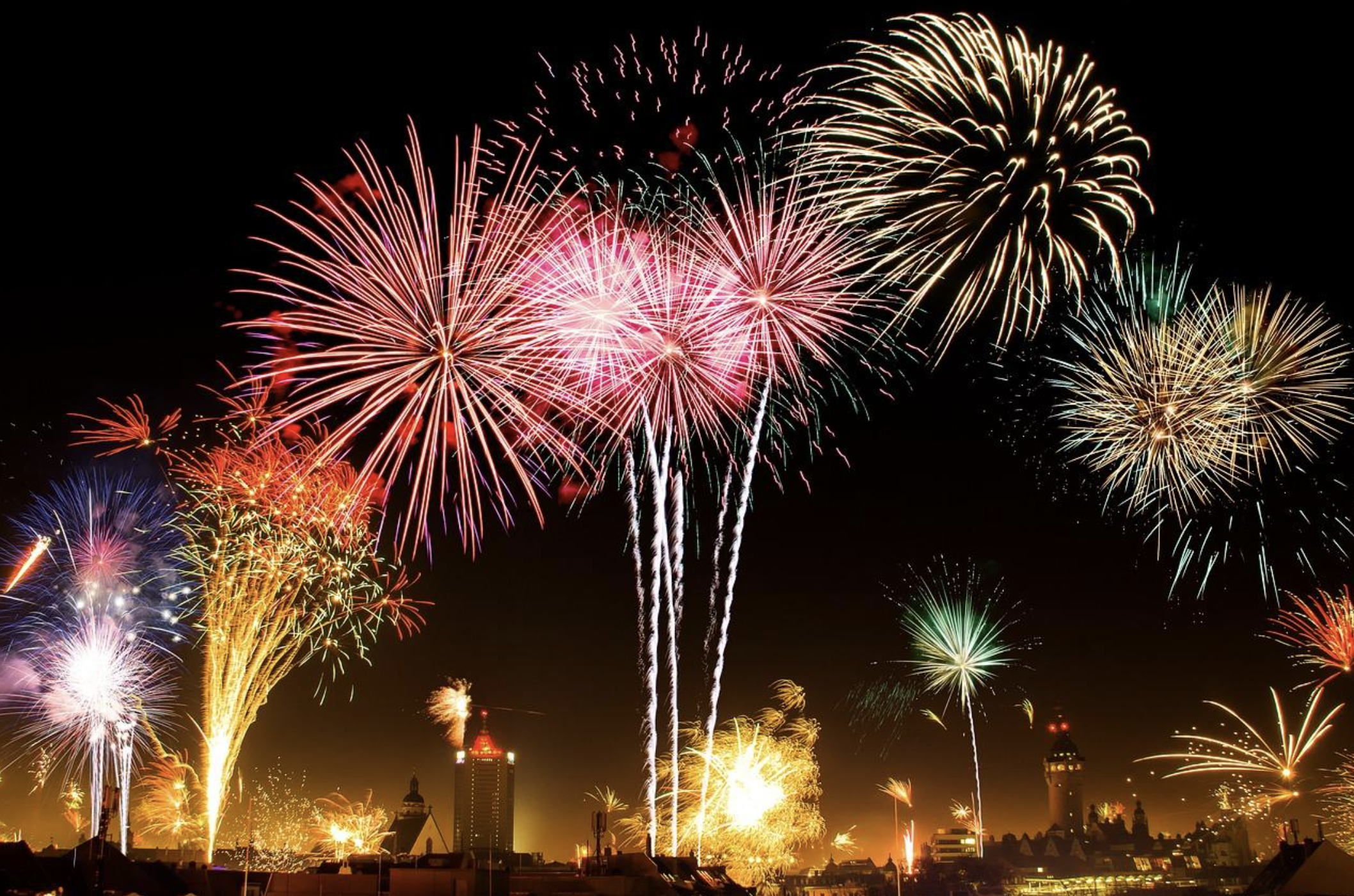
[객원 에디터 6기 / 이석현 기자] At midnight on December 31st, people worldwide gather to bid farewell to the old year and welcome the new one. While these core sentiments of celebration and hope are universal, the ways in which people celebrate vary widely, reflecting our rich diversity of cultures.
In Japan, New Year’s Eve is marked by the tradition of Joya no Kane, the ringing of Buddhist temple bells. These bells are rung 108 times, symbolizing the 108 human sins in Buddhism. The ringing is said to purify the listeners from their sins and prepare them for a fresh start in the new year. In Kyoto, the historic Chion-in Temple’s bell, which weighs a staggering 74 tons, draws crowds to witness its ringing every year.
In Spain, the new year is marked by eating twelve grapes, one for each chime of the clock. Each grape is consumed with the hope that the twelve sweet bites will bring good luck and prosperity for each month of the coming year. This tradition originated in 1909 when grape growers in Alicante, Spain, had a surplus of grapes and developed the idea as a clever marketing strategy.
In Scotland, the first person to enter a home after midnight is known as the “First-Footer.” It is customary for the First-Footer to bring symbolic gifts like coins, bread, salt, and whisky that represent prosperity, food, flavor, and good cheer. In some regions of Scotland, it is considered especially auspicious if the First Footer is a tall, dark-haired man.
In Denmark, a quirky New Year’s Eve tradition involves saving up old and chipped dishes throughout the year and smashing them against the doors of friends and family as a symbol of good luck and friendship. The more broken dishes one has outside their door, the more popular they are considered to be. This tradition, as unusual as it is, fosters a sense of community and reinforces the bonds between friends and neighbors.
In South Africa, it is common for people to climb to the top of a hill and jump into the new year. This symbolic act is believed to cast off old problems and welcome the future with a clean slate. The Table Mountain in Cape Town is a popular spot for this, attracting locals and tourists.
As we welcome the New Year, it is fascinating to learn about the diverse ways people across the globe celebrate this universal occasion. From ancient traditions rooted in religious beliefs to quirky customs that foster community spirit, these practices showcase the richness and variety of human cultures. So, whether you’re savoring grapes in Spain, ringing temple bells in Japan, or jumping off a hill in South Africa, the essence remains the same – our collective hope for a better and brighter future.
Sources: WorldStrides, BBC, Time Magazine





